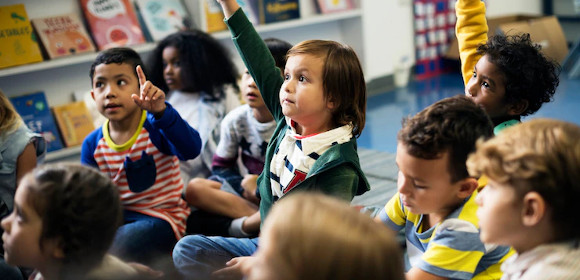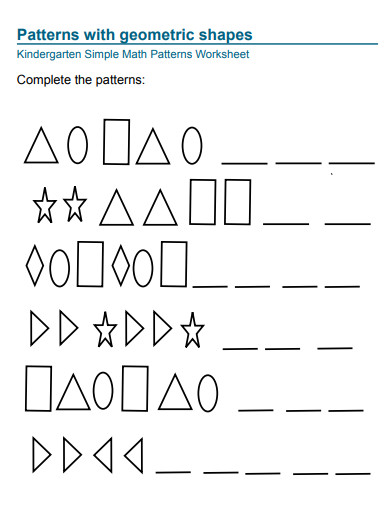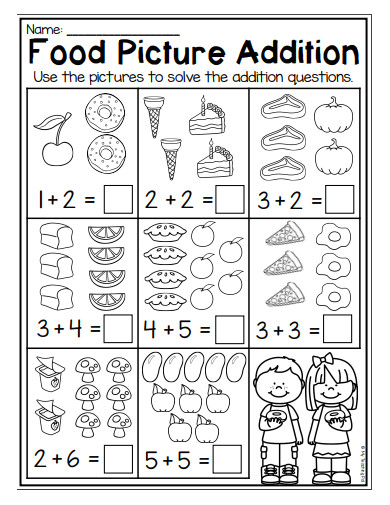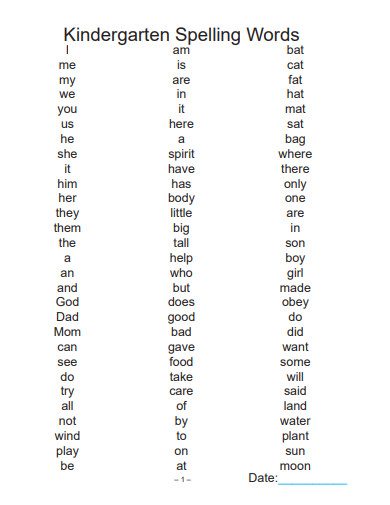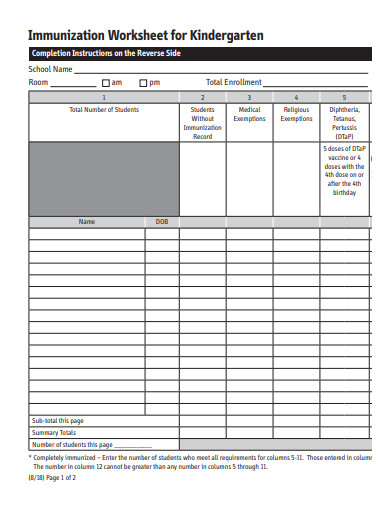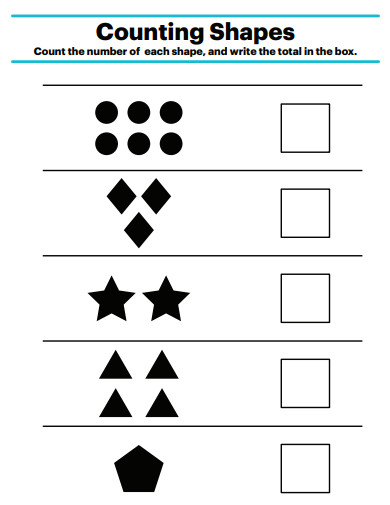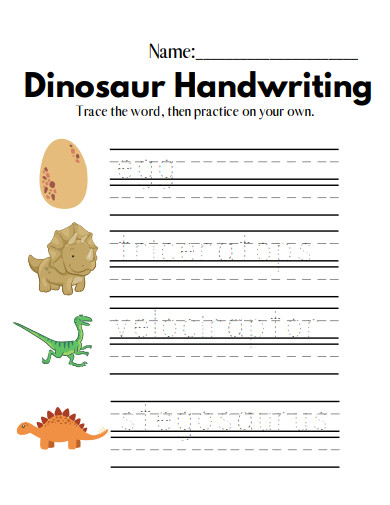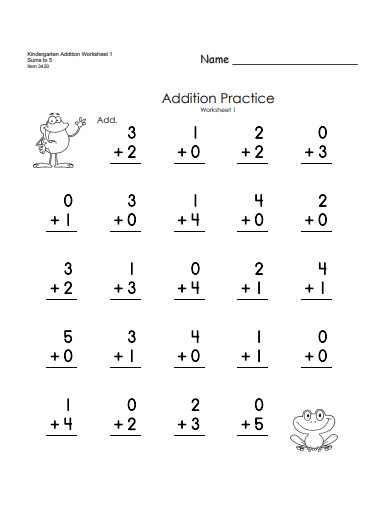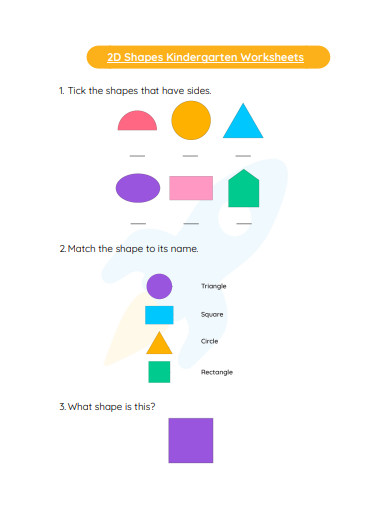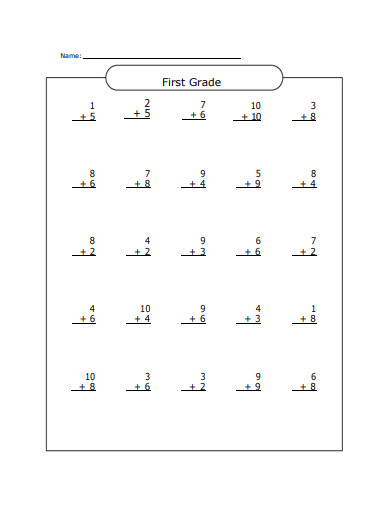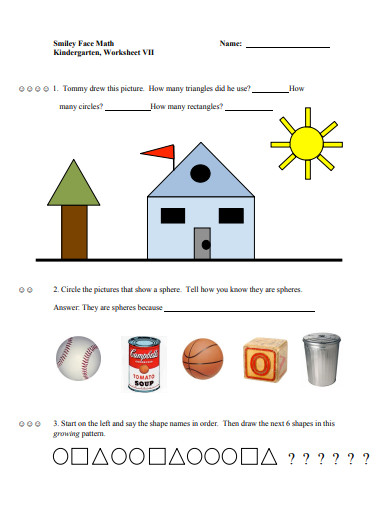10+ Kindergarten Worksheets Samples
1. Kindergarten Pattern Worksheets
2. Sample Kindergarten Worksheets
3. Kindergarten Addition and Subtraction Worksheets
4. Kindergarten Spelling Words Worksheets
5. Immunization Worksheet for Kindergarten
6. Kindergarten Math Worksheets
7. Dinosaurs Kindergarten Worksheets
8. Kindergarten Addition Practice Worksheets
9. Shapes Kindergarten Worksheets
10. Kindergarten Teacher Worksheets
11. Printable Kindergarten Worksheets
Fun Activities for Kindergarten Students
. Rhyming games
- Listen to and join in with rhyming stories.
- Play rhyming games, or sing an action rhyme.
- Make silly rhyming jokes.
2. Phonic games
- Play snap or bingo with letters and sounds. Write letters on pieces of papers or cards, to create homemade flashcards. Make two for each letter. Use them to play snap. You could also create a bingo card with eight boxes – each one containing a letter. Put the flashcards into a pile, facing down and take it in turns to be the bingo caller.
- Play phonics fishing! Use homemade letter flashcards, add a paperclip to each, tie a magnet to some string and a stick and ask your child to ‘fish’ for a particular sound.
- Play ‘I spy’ games when you are out and about. For help with letter sounds, take a look at our sound chart.
3. Memory games
- Play ‘Kim’s game’. Put a few items on a tray (for example, a crayon, an apple, a building brick, a toy car). Then look, cover, remember and check!
- Talk about, photograph or write out some ‘events’ from something you have done together – can your child remember the correct order?
4. Listening games
- Play games such as ‘Simon says’ – party games are often good ways to practice speaking, listening, and memory skills, without them even noticing!
- Listen to music and talk about the instruments being played – find pictures on the internet together.
5. Action games
- Make a puppet theatre with cardboard boxes or a towel over a chair and encourage your child to make up or retell a story to you.
- Have lots of fun dressing up with clothes and props at home so that your child can dress up as a character and act out favorite stories. You can find lots of cheap props and clothes for dressing up in charity shops.
- Play games such as ‘What’s the time Mr Wolf?’, but write the times down for them to read instead of saying them.
6. Tactile games
- Use magnetic letters to spell names and simple words on the fridge or radiator.
- Use modeling clay to make your child’s name or simple words like mom, dad, me, etc..
- Enjoy jigsaws together and chat about finding the right pieces.
7. Screen games
- Watch TV programs linked to books and then read the books afterwards. Talk about what they like or don’t like about the characters.
- Find story-telling sites, story-telling TV programs, or story apps for your phone.
- Look at DVDs from picture books together.
How to Make a Kindergarten Worksheet
Worksheets can be as complex or as simple as you need them to be. Little touches can make them more visually appealing, but the main focus needs to be on the content.
Figure Out Your Content
First, decide what skill you want to make worksheets for. Do your students need to practice a math concept? Work on sight words? Maybe you need a set of journaling prompts.
Second, figure out how many pages you need your resource to include. Most times, I will sketch out my ideas on a piece of scratch paper. If I want to differentiate the lesson and I need at least 3 days worth of lessons then I probably need 9 pages.
3 levels each day for 3 days.
I make quick thumbnails of each page, write quick notes about the level and content for the page, and what information I need to cover.
Make Worksheets That Rock
Third, open up Illustrator and make a new file that measures 8.5 x 11 (or the opposite for a landscape worksheet) and designate how many artboards you will need. This is the step where you decide if you want to sell or share your resource. If you do, add some borders, relevant clipart, and your copyright.
If you aren’t sure about selling your resource yet, these elements can wait. The beauty of Illustrator is you can add layers and place those design features on your project at a later date. There might be a few things to change or align, but it’s not difficult to add or change a file once you have the base created.
Fourth, add your content. Create a math worksheet with problems that help your students practice a specific skill. Design a resource that helps your students increase their sight word fluency by coloring specific elements.
This step is where you get to let your creativity and teaching ability take over. Find a way to break down your favorite lesson and share it with your students in a different way. Your excitement for the topic will be catching. Almost every resource that I have made for my students to help them better understand a topic has become one of their favorite activities.
Ready to Use and Change if Needed
Fifth, and lastly, save your file in two different formats. Save it once as an Illustrator file (with an extension of .ai) and save it again as a PDF file. Develop a way of saving your files that makes it easy for you to find them quickly when you do a search. My file names are usually something like “Double_Digit_Addition_Math_Worksheets” so I can find them quickly based on what I am looking for.
FAQs
How do you start a kindergarten lesson?
- Start with a Video
- Start with an Object
- Start with a Question
- Start with Movement
- Start with a Mistake
What learning skills should be taught in kindergarten?
- Physical development.
- Social development
- Emotional development.
- Language and literacy
- Thinking and cognitive skills.
There you have it. The process really isn’t that complicated. You can make worksheets quickly and easily for your students, your teaching team, or teachers around the world. Once you have developed your own creative process, you will be amazed at some of the things you create. The quality will increase the more you make. The design process becomes quicker and easier.
Related Posts
FREE 14+ Feedback Worksheet Samples in PDF | MS Word
FREE 20+ Goal Setting Worksheet Samples in MS Word | Google Docs | Pages | Excel | Google Sheets | Numbers | PPT | PDF
FREE 30+ Cost Worksheet Samples in Google Docs | Google Sheets | MS Excel | MS Word | Apple Numbers | Apple Pages | PDF
FREE 50+ Assessment Worksheet Samples in PDF | MS Word
FREE 25+ Campaign Worksheet Samples in PDF
FREE 50+ Application Worksheet Samples in PDF | MS Word
FREE 10+ Distribution Worksheet Samples in PDF
FREE 10+ Family Worksheet Samples in PDF
FREE 10+ Personal Worksheet Samples in PDF
FREE 7+ Depreciation Worksheet Samples & Templates in PDF | MS Word
FREE 10+ Typing Worksheets Samples in PDF | DOC
FREE 10+ Maths Worksheets Samples in PDF | DOC
FREE 10+ 4th grade Worksheets Samples in PDF
FREE 10+ Weekly Budget Worksheet Samples in MS Word | MS Excel | Google Docs | Google Sheets | PDF
FREE 10+ Expense Worksheet Samples in PDF
